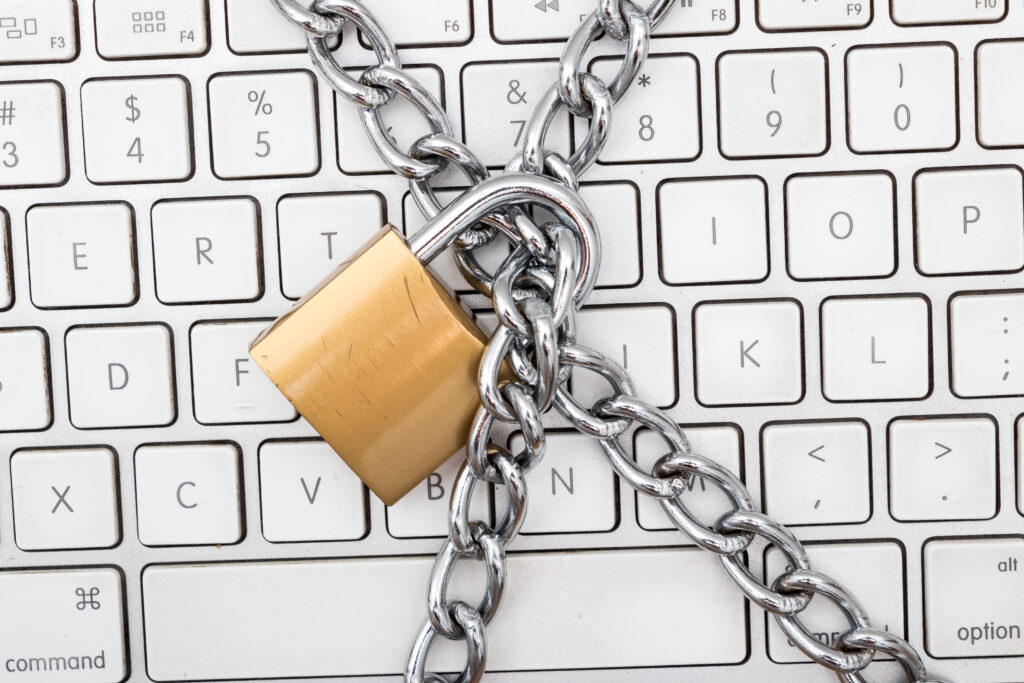Our customers often ask if an email they have received is a spam email or not. So, we have put together a few pointers to check the safety and security of your emails. We cannot guarantee email authenticity. However, there are a few checks below you can run yourself on the email in question to test whether it is trustworthy or not.
Our 5 top tips on how to identify a spam email
1. Speak to a human.
One of the most thorough tests is to contact the company directly by phone. Then, ask to speak to the person who allegedly “sent the email”. They then can confirm if the email was actually from them.
2. Check the sender domain.
The domain is the part of the email address between the @ and the .co.uk or .com. If the sender domain is slightly different from what you are used to, it could be a spam email. For example, make sure it matches up with their website address or other staff member emails.
3. Check the phone number.
If there is a phone number in the email, search the number on Google. If there are no results, or if it does not match the number listed on the organisation website, it is most likely spam.
4. Credit check them.
If the email is from a person or an organisation you do not recognise, you can check their legitimacy by credit checking them. You can also look them up on Company House and check if they have long-standing, frequently used social media accounts.
5. Think, are you expecting this email?
Stop and think whether you are expecting this email. If you only give out your email to people you trust, a surprising email can raise alarm bells.
What should I do if I think it is a spam email?
These tests can determine whether the email is trustworthy or not. If you think it is suspicious, never open attachments or follow links in the email. However, if you have followed this link, we recommend resetting your password immediately and allowing us to run some security and antivirus scans of your PC. Furthermore, if you are sure this is spam, you can right-click and press the “Mark as Spam” button. As a result, this will help Microsoft identify the sender as false and block future mail from this address. You may wish to alert your customers, and employees of this email in case they need to deal with the possible security risk.
For more information about how you can protect yourself and your organisation, contact us today.




